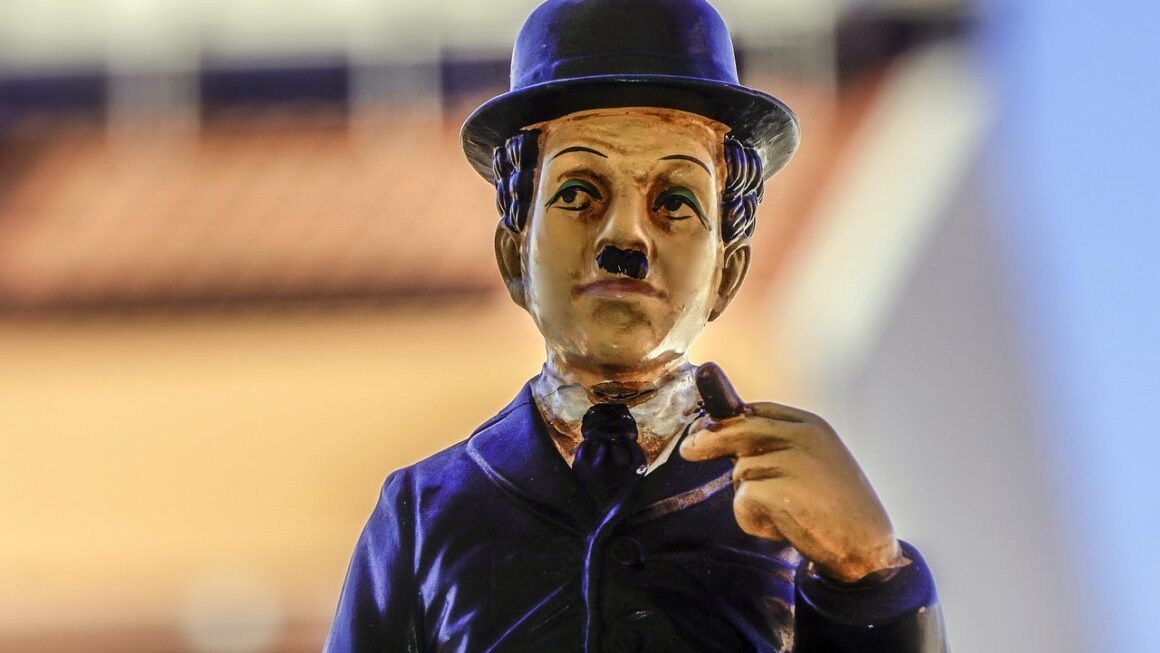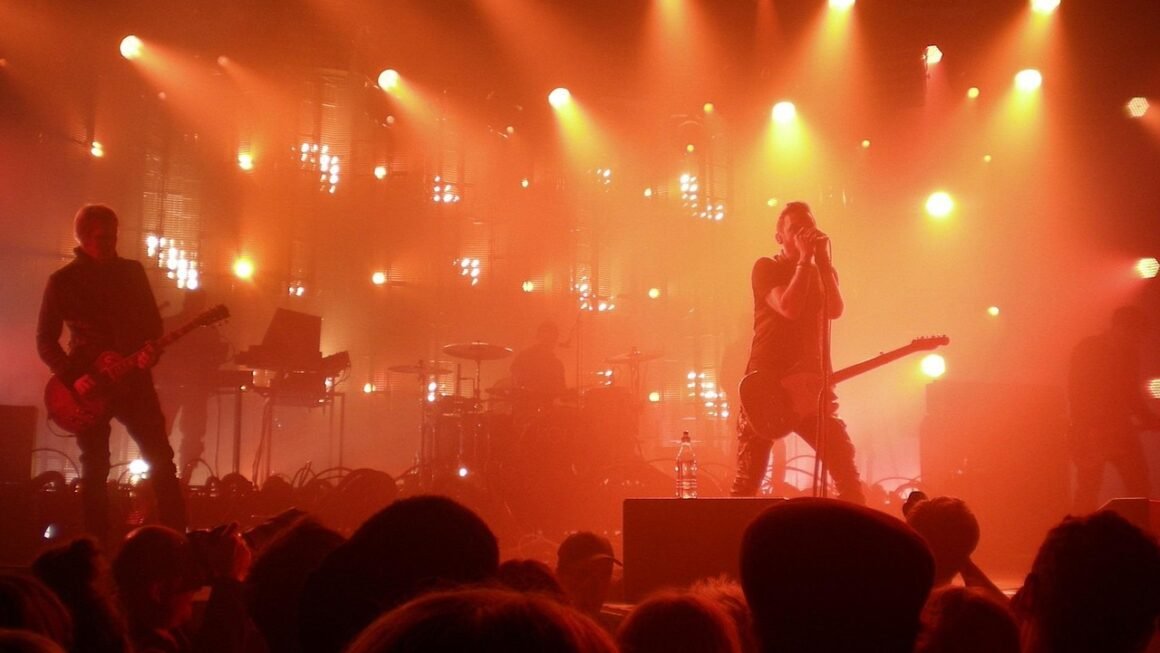Cartoons: A vibrant world of animation, storytelling, and unforgettable characters! From classic hand-drawn masterpieces to cutting-edge CGI adventures, cartoons have captivated audiences of all ages for generations. This art form is more than just child’s play; it’s a powerful medium for exploring complex themes, fostering creativity, and sparking joy. Let’s delve into the fascinating realm of cartoons and discover what makes them so enduringly appealing.
The Evolution of Cartoons
Early Animation Techniques
The journey of cartoons began with rudimentary animation techniques. Early animators relied on painstaking hand-drawn methods to create the illusion of movement. Here are some examples:
- Flipbooks: Simple sequences drawn on pages that create a moving image when flipped.
- Zoetropes: Cylindrical devices with slits, revealing images that appear to move when spun.
- Stop-Motion Animation: Manipulating physical objects frame by frame to create animation (think claymation).
Pioneering animators like Winsor McCay, with his groundbreaking cartoon “Gertie the Dinosaur” (1914), established the foundation for modern animation. These early experiments laid the groundwork for the development of more sophisticated techniques.
The Golden Age of Animation
The 1930s and 1940s are often referred to as the “Golden Age of Animation.” This era saw the rise of iconic studios like Walt Disney Productions and Warner Bros. Animation, creating characters that continue to resonate with audiences today.
- Disney: Steamboat Willie (introducing Mickey Mouse), Snow White and the Seven Dwarfs (the first full-length animated feature).
- Warner Bros.: Looney Tunes and Merrie Melodies featuring Bugs Bunny, Daffy Duck, and Porky Pig.
- Other studios: Fleischer Studios (Betty Boop, Popeye), MGM (Tom and Jerry).
This period was characterized by distinct animation styles, memorable musical scores, and slapstick humor. The Golden Age established many of the conventions and tropes that still define cartoons today.
Modern Animation and CGI
With advancements in technology, animation evolved significantly. Computer-generated imagery (CGI) revolutionized the industry, enabling more complex and visually stunning animations. Here are some key milestones:
- The Simpsons: A groundbreaking animated sitcom that proved cartoons could appeal to adult audiences.
- Pixar Animation Studios: Toy Story (the first fully CGI-animated feature film), Finding Nemo, Up, and many more.
- DreamWorks Animation: Shrek, How to Train Your Dragon, Kung Fu Panda.
Modern animation embraces a wide range of styles, from traditional 2D to photorealistic 3D. CGI has opened up new possibilities for storytelling and visual effects, pushing the boundaries of what’s possible in animation.
The Impact of Cartoons on Culture and Society
Educational Cartoons
Cartoons can be powerful educational tools. By presenting complex concepts in an engaging and accessible format, educational cartoons can help children learn and develop important skills.
- Sesame Street: Uses puppets and animation to teach children about letters, numbers, and social-emotional skills.
- Schoolhouse Rock!: Catchy songs and animations that teach grammar, science, and history.
- Magic School Bus: A science-themed cartoon that takes children on exciting adventures to explore scientific concepts.
These cartoons not only entertain but also lay the foundation for future learning. They can make education fun and memorable, fostering a lifelong love of learning.
Cartoons as Social Commentary
Cartoons can also be used to address social and political issues. Animators can use satire and allegory to comment on contemporary events and challenge societal norms.
- The Simpsons: Satirizes American culture, politics, and family life.
- South Park: Uses dark humor and controversial topics to critique societal issues.
- Animal Farm (1954): An animated adaptation of George Orwell’s novel, critiquing totalitarianism.
These cartoons can spark important conversations and encourage critical thinking about the world around us. They provide a unique and often humorous perspective on complex issues.
Cartoons and Emotional Development
Watching cartoons can have a profound impact on emotional development, especially for children. Cartoons can help children:
- Learn about emotions: Cartoons often depict characters experiencing a wide range of emotions, helping children identify and understand their own feelings.
- Develop empathy: By watching characters overcome challenges and interact with others, children can learn to empathize with different perspectives.
- Cope with difficult situations: Cartoons can provide models for how to deal with bullying, loss, or other challenging experiences.
However, it’s important to be mindful of the content children are exposed to. Violent or inappropriate cartoons can have negative effects on their emotional well-being.
The Art of Cartoon Creation
Storyboarding and Scriptwriting
The cartoon creation process begins with storyboarding and scriptwriting. These are essential steps in planning the narrative and visual flow of the animation.
- Storyboarding: A sequence of drawings that visually represent the key scenes and actions of the cartoon.
- Scriptwriting: Writing the dialogue, narration, and stage directions for the cartoon.
A well-developed storyboard and script provide a roadmap for the animation process, ensuring that the cartoon is engaging, coherent, and visually appealing.
Character Design and Animation Techniques
Character design is a crucial aspect of cartoon creation. Memorable and relatable characters are essential for engaging the audience.
- Character Design: Creating the visual appearance, personality, and backstory of the characters.
- Animation Techniques: Bringing the characters to life through various animation methods (2D, 3D, stop-motion, etc.).
Effective character design and animation techniques can make a cartoon visually stunning and emotionally resonant. Animators carefully consider factors such as character proportions, facial expressions, and body language to convey personality and emotions.
Voice Acting and Sound Design
Voice acting and sound design are essential elements that enhance the storytelling and emotional impact of a cartoon.
- Voice Acting: Bringing the characters to life through vocal performances that match their personalities and emotions.
- Sound Design: Creating the sound effects, music, and ambiance that enhance the atmosphere and narrative.
Talented voice actors can breathe life into animated characters, making them believable and engaging. Sound design can create a sense of immersion and enhance the emotional impact of the story.
Exploring Different Cartoon Genres
Animated Sitcoms
Animated sitcoms have gained immense popularity, offering a unique blend of humor, satire, and relatable characters. They often tackle adult themes and social issues with wit and irreverence.
- The Simpsons: The longest-running American animated sitcom, known for its satirical portrayal of American culture.
- Family Guy: A controversial but popular sitcom known for its cutaway gags and irreverent humor.
- Bob’s Burgers: A heartwarming and quirky sitcom about a family running a burger restaurant.
These sitcoms have redefined the landscape of animation, demonstrating that cartoons can be intelligent, thought-provoking, and entertaining for adult audiences.
Animated Action and Adventure
Animated action and adventure cartoons offer thrilling storylines, dynamic characters, and stunning visuals. They often feature superheroes, fantasy worlds, and epic battles.
- Avatar: The Last Airbender: A critically acclaimed series that blends Eastern and Western animation styles, featuring complex characters and intricate world-building.
- Justice League Unlimited: An action-packed series featuring DC Comics superheroes.
- Voltron: Legendary Defender: A reboot of the classic anime series, featuring a team of pilots who pilot giant robotic lions.
These cartoons offer viewers an escape into fantastical worlds and provide thrilling entertainment.
Animated Comedy
Animated comedy cartoons are designed to entertain and make audiences laugh. They often feature slapstick humor, witty dialogue, and quirky characters.
- SpongeBob SquarePants: A surreal and hilarious cartoon about a cheerful sea sponge living in Bikini Bottom.
- Adventure Time: A surreal and imaginative series about a boy and his magical dog exploring the Land of Ooo.
- Regular Show: A comedy about two best friends who work as groundskeepers at a park.
Animated comedies provide lighthearted entertainment and appeal to a wide range of audiences.
Conclusion
Cartoons are much more than just child’s entertainment. They are a powerful art form that has evolved dramatically over the years, influencing culture, society, and emotional development. From educational shows to social commentary, cartoons play a significant role in shaping our perspectives and sparking our imaginations. As technology continues to advance, we can expect even more innovative and engaging cartoons to emerge, captivating audiences for generations to come.



